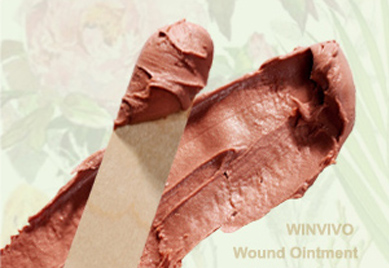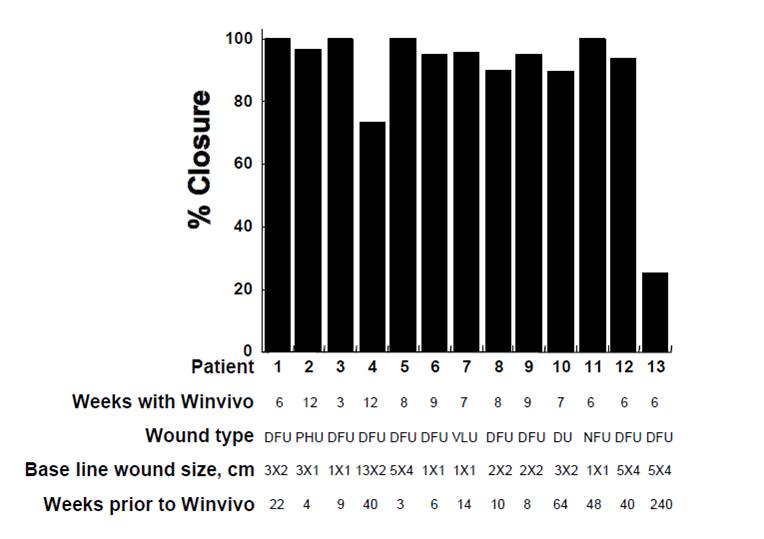Podiatric Conditions
 "Eighty-five percent of diabetes-related lower extremity amputations (DRLEA) are preceded by a foot ulcer. The direct costs of major limb amputation are estimated to be $70,434 (adjusting for health-care inflation in 2007), which includes the cost of a prosthetic limb. The lifetime projected cost of a major amputation, considering rehabilitation and future prostheses, can be as much as $500,000."
"Eighty-five percent of diabetes-related lower extremity amputations (DRLEA) are preceded by a foot ulcer. The direct costs of major limb amputation are estimated to be $70,434 (adjusting for health-care inflation in 2007), which includes the cost of a prosthetic limb. The lifetime projected cost of a major amputation, considering rehabilitation and future prostheses, can be as much as $500,000."
— Rogers, LC, Lavery, AL & Armstrong, DG “The Right to Bear Legs — An Amendment to Healthcare: How
Preventing Amputation Can Save Billions for the US
Healthcare System.” Journal of American Podiatric Medical
Association (2008) 98: 166-168.
Podiatric care focuses on preventing, diagnosing, and treating disorders of the foot, ankle and lower leg. More than 75 percent of all Americans will experience foot and ankle problems of varying degrees at one time in their lives. Podiatric conditions include foot and ankle injury, diabetic foot ulcer, peripheral neuropathy, toenail fungus, athlete’s foot, ingrown nails, neuroma, etc.
Diabetes has become an epidemic in the United States. The number of those affected has doubled over the last decade, reaching 30 million people. The growth of diabetes worldwide is also alarming. The World Health Organization (WHO) expects the number of new diabetes cases to double in the next 25 years from 135 million to nearly 300 million. Much of this growth will occur in developing countries where aging, unhealthy diets, obesity, and sedentary lifestyles will contribute to the onset of the disease.
Ulceration is a common occurrence with the diabetic foot. A diabetic foot ulcer is an open sore or wound that most commonly occurs on the bottom of the foot in approximately 15 percent of the population with diabetes. Constant pressure load on the foot cause repetitive micro-trauma, leading to an ulcer that fails to heal. [Read more on Chronic Wounds]
Besides diabetes, risk factors for developing foot ulcers also include peripheral neuropathy, foot deformities (hammer toes, hallux valgus, or Charcot foot), rheumatoid arthritis that increase plantar foot pressures on weight bearing, most commonly under the metatarsal heads.
In addition, ingrowing toenails, often seen as a trivial condition, can be a substantial source of pain and potential morbidity in high-risk patients. Diabetic patients with an ingrown nail are more likely to develop an infection than non-diabetic patients are. Even for otherwise healthy individuals, having chronic infected ingrown toenails can lead to the development of bone marrow infection (osteomyelitis). These serious complications therefore reinforce the need for appropriate management of ingrown toenails.
People with diabetes, peripheral vascular disease, or other circulatory disorders, when having nail problems, must avoid any form of self-treatment and seek podiatric medical care as soon as possible.
Generally for infected ingrown nail a podiatrist will cut out the ingrown portion of the nail and may prescribe a topical or oral medication to treat the infection. If ingrown nail becomes a chronic problem, a podiatrist can perform a procedure called matrixectomy to permanently prevent ingrown nails. The corner of the nail that ingrows is removed along with the root (matrix) of that piece of nail being destroyed (to prevent recurrence) by use of chemicals, laser, or by other methods.
Chemical matrixectomy with phenol and alcohol application (a P&A procedure) is one of the most common surgical procedures podiatrists perform. After the surgery, the patient will have some wound drainage, redness, swelling and tenderness.
Post matrixectomy wounds are sometimes difficult to heal due to many complex issues, including:
- Prolonged inflammation and pain due to chemical burn secondary to phenol use
- Excessive wound drainage (exudation)
- Redness & swelling (erythema & edema)
- Narrow, channel-type wound formed, rendering it susceptible to infection
- Poor blood circulation (ischemia)
- Poor patient compliance with rigorous post operation wound care involving frequent soaking
- Sensitivity to commonly used antibiotic ointments
Facing these complex issues and to improve the speed and quality of healing post matrixectomy wounds, under the guidance of a podiatrist one may consider using a multi-functional topical therapy with these features:
- Including ingredients with broad-spectrum anti-microbial properties to protect wound bed from infection and to inhibit formation and growth of bacterial biofilms without harming nascent, delicate regenerating tissue;
- Employing naturally anti-inflammatory and analgesic ingredients to suppress prolonged inflammation and pain;
- Combination with ingredients that promote microcirculation of the low extremities to allow fast drainage and tissue regeneration;
- Ability to absorb wound fluid (exudate) to reduce maceration, and yet maintain a physiologically moist wound healing environment;
- Allowing painless, less frequent and easy dressing change;
- Healing wounds fast and effectively with maximum restoration of skin function and minimal scarring.
As such, post matrixectomy wound care can be much easier and more convenient by avoiding frequent soaking, resulting in better patient compliance. In addition, those who are allergic to common antibiotic ointments such as Polysporin may find such an alternative therapy ideal for achieving optimal healing.
Note:
Please be advised that the information presented above is not to be used as a substitute for medical advice, diagnosis or treatment of any disease. Statements made about products have not been evaluated by the Food and Drug Administration. Viewers should not rely solely on the information provided on this web site for their own health problems, and are advised to consult with their physicians or other healthcare providers.
WINVIVO Wound Ointment:
Multi-Functional Botanical Therapy
Clinical Studies
- Difficult-to-Heal Wounds
Clinical Case Reports
- Cases #1A-6A
- Cases #1B-8B
- Cases #1C-7C
- Cases #1D-4D
- Cases #1E-2E
- Cases #1F-6F
- Cases #1G-5G
- Case #1H
- Case Series #1I
- Case Series #1J
Privacy Policy | Disclaimer | Return Policy | Contact Us
© 2009-2021 WinVivo Corporation All Rights Reserved




